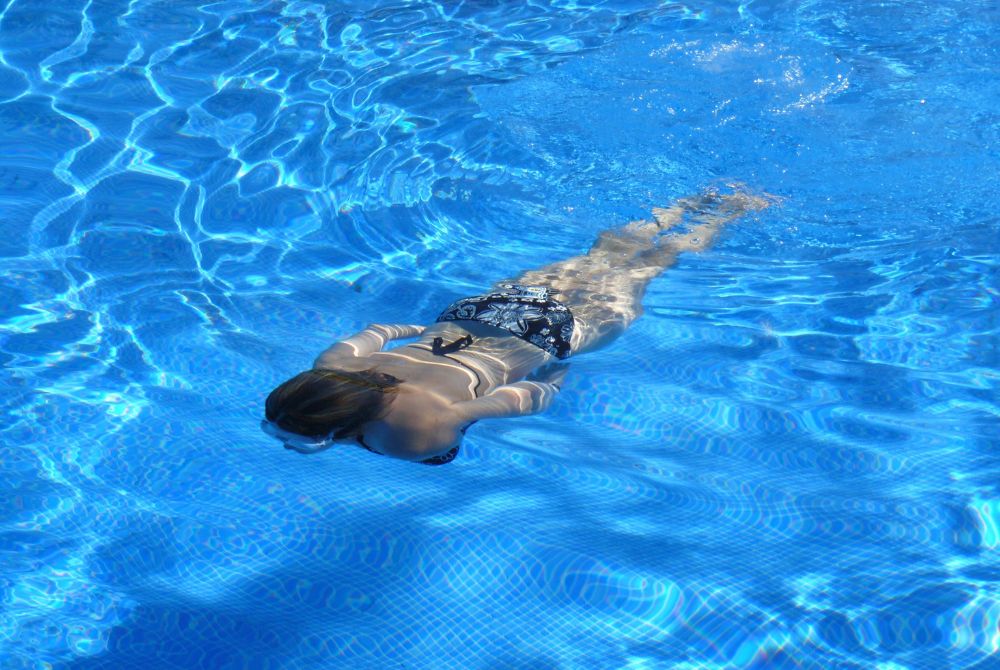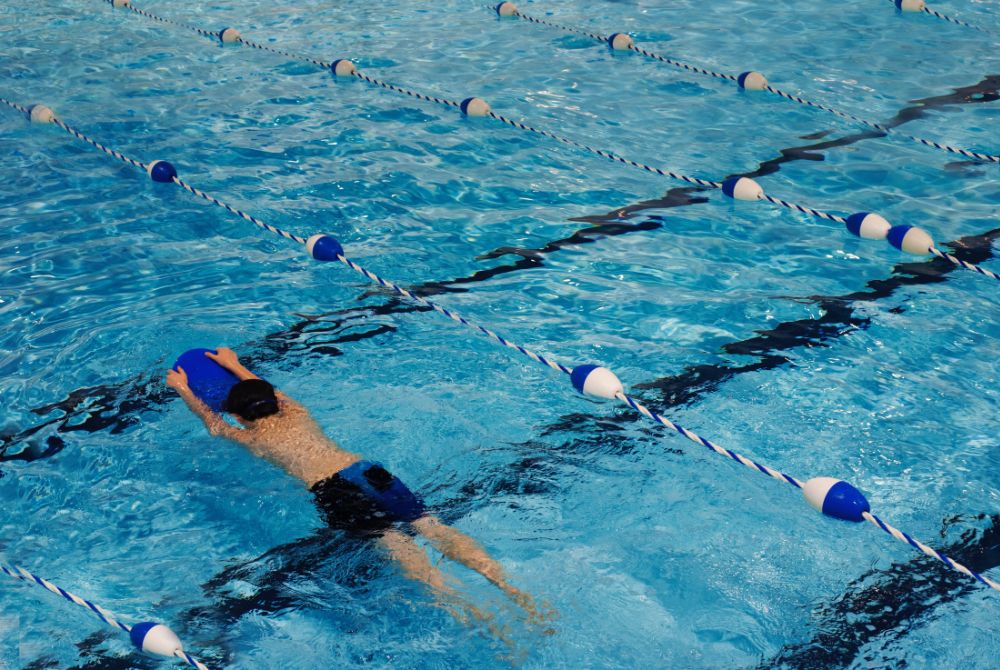At Fulton Swim School we often talk about the importance of water safety. We know that there’s a lot to remember when it comes to swim safety, but we want to make it easy for you!
5 Swimming Safety Rules for Children and Adults
We all know that swimming regularly is good for physical health, and mental health, no matter what age you are, but swimming can still be dangerous! Thankfully there are simple steps we can all take to minimise those dangers and make the most of all of those positive benefits.
So, here are the five swimming rules we wish everyone in New Zealand would follow so that we can all enjoy the water and stay safe out there!
1. Safety first!
Learning to swim is just a drop in the ocean when it comes to teaching your child about water safety. Of course, they need to know how to swim, but they also need to understand how to behave around the water, how to find a safe place to swim, and when to pack it in and head home.
Before your child dives into the wonderful world of swimming, it’s important to talk with them and help them understand the dangers they may face while swimming. If your child is swimming in a pool, at a beach, a lake, or a river, there may be different dangers to consider; no matter what, supervise your kids at all times near the water, stay within arm’s reach of your children while in the water, wear sun protection if you’re outside, check the weather ahead of time and be prepared to head home if conditions change and swimming becomes risky.
If you have a pool at home, make sure it’s securely fenced on all sides so that little ones can’t gain access without an adult. If you’re visiting a friend with a pool, or popping down to your local pool, be sure to stay close to your child at all times. Teach your children the importance of not running around the pool, and always getting into the water feet-first so that they can safely assess how deep the pool is.
If you’re heading to the beach, only ever swim between the flags, check swimming conditions ahead of time, double-check for any hazards when you get there (like jellyfish, big swells, or crowds), and keep checking for any changes in your surroundings while you’re out and about.
If your family has a favourite lake or swimming hole, make sure the water has been tested and is safe for swimming before you take a dip. You can check the LAND AIR WATER AOTEAROA website for the most recent test results. And if you are setting off for a swim in a river, stay away from swift currents, and remember that sometimes currents are stronger beneath the surface, so always stay in the shallows.
No matter where you swim, talk to your child about the risks, teach them to respect the water, never to push or jump on others in or near the water, and to avoid rough play that could lead to accidents. Tell them what to look out for at different swimming spots and let them help you keep your family safe.

2. Be prepared for anything
Once your child understands the importance of water safety and they know what to look out for at your chosen watering hole, then they can help you to get prepared for your day out!
If you’ve never been first-aid trained, or it’s been a while since your last refresher course, consider brushing up on your emergency skills so that you have peace of mind while your family is enjoying the water.
If you’re setting off in a boat, then there are plenty of things you should be bringing along for the ride to keep everyone safe. You’ll need life jackets, and reliable and waterproof communication options. But even if your swim doesn’t involve a boat, you’ll want to be prepared for anything, like any good sailor would be!
Even if you’re only planning on being gone for a short while, be prepared to be away from the comforts of home for at least the whole day, because you never know what might happen, and you might end up having too much fun! So, pack plenty of food, water, warm clothes, sun protection, and medications (if anyone in your family needs them). Bring the kitchen sink if you feel like it! It’s always better to be overly prepared.
3. Stick together
The best way to stay safe is always a buddy system. Depending on how many people you’re planning to swim with, pair everyone up, or make small groups. Make it clear that everyone should know where their buddy is at all times. If anyone loses their buddy, or their buddy is hurt, have a plan for who they will tell and how they will get help.
4. Practice makes perfect
Swim safety can be hard to get your head around! Especially for wee ones who haven’t had much experience in the water yet - there’s a lot to remember, but that’s where we come in with our swimming lessons and passion for swim safety in NZ.
Our swim school family loves teaching Kiwi kids to enjoy swimming safely! We make learning fun by celebrating every goal our swimmers reach, no matter how big or small. We get the kids to ring the achievement bell whenever they’ve mastered a new skill, or made progress towards their goals, so that everyone in the room can celebrate them!
We also hand out Graduation Ribbons as swimmers move through their lessons and complete levels, plus digital certificates, smiles, and high fives!
We keep all of our classes nice and small, so that every child can swim in the pool safely and make quick progress with their swimming skills.

5. Enjoy your time together
Us New Zealanders know that swim safety is important. But we also know how much fun swimming safely can be!
Sharing incredible experiences around the water with your family, making happy memories and having lots of laughs is really what it’s all about. Get in touch or come down to your nearest Fulton Swim School and we’ll help your family make the most of the water.
